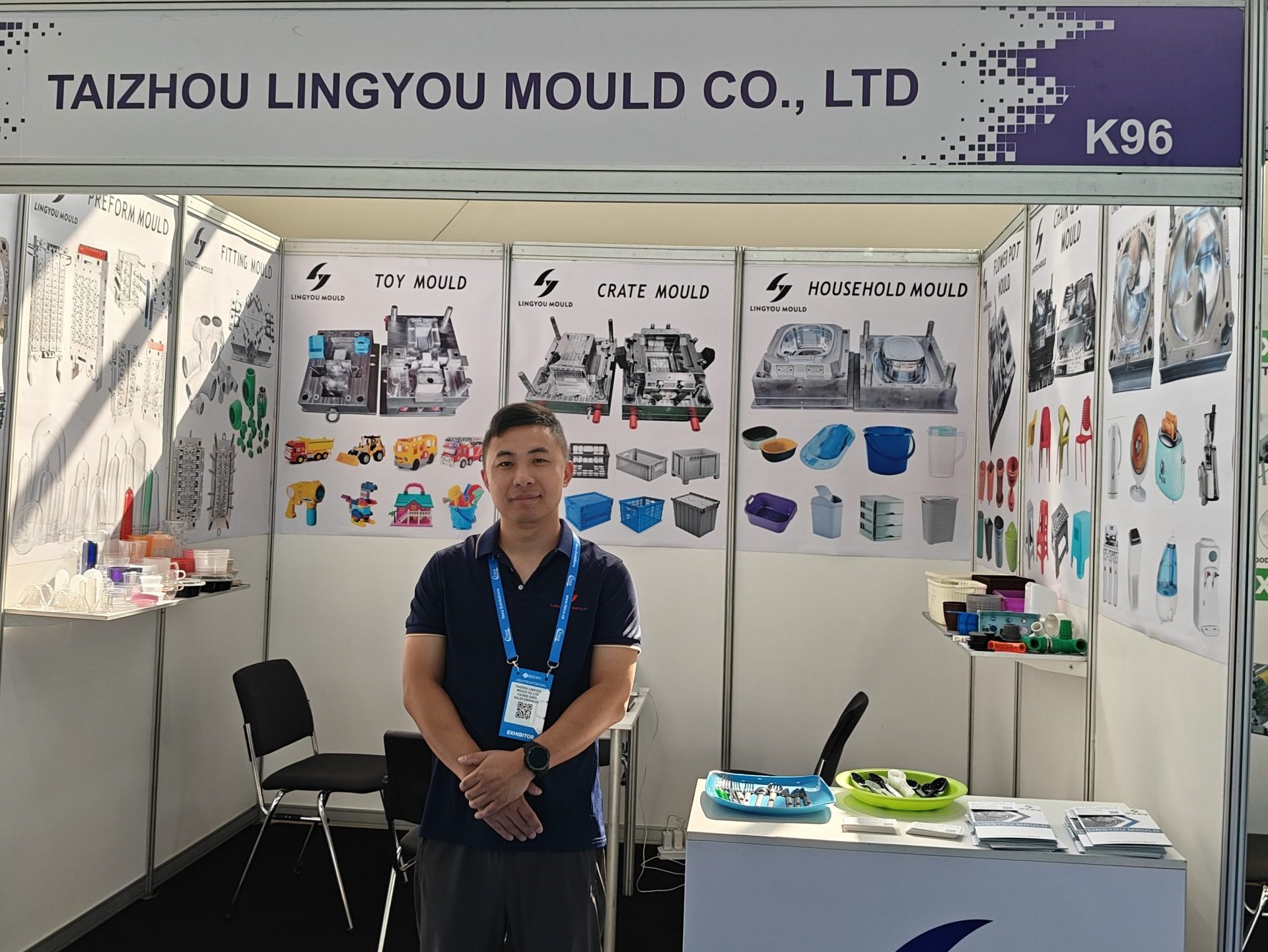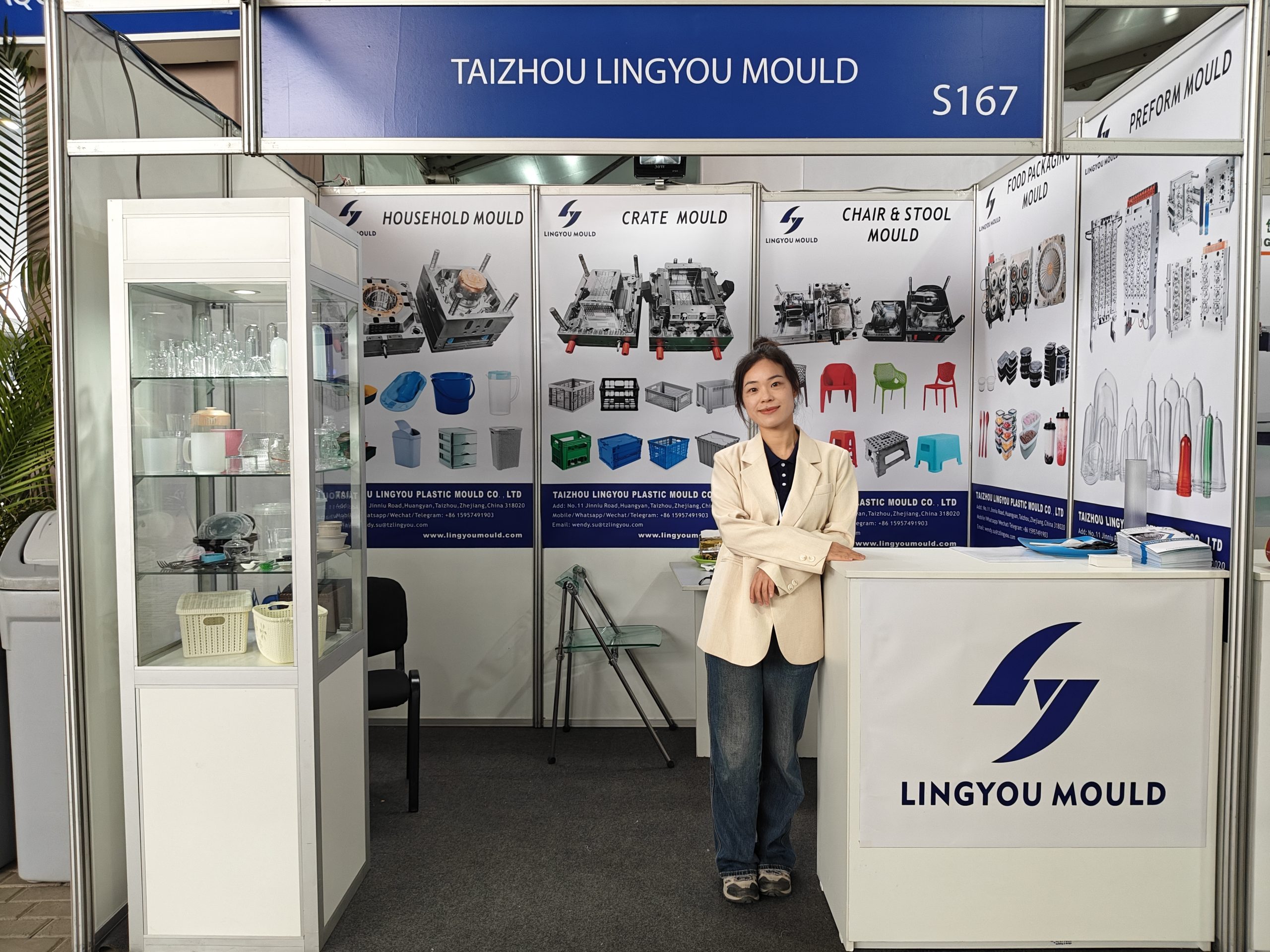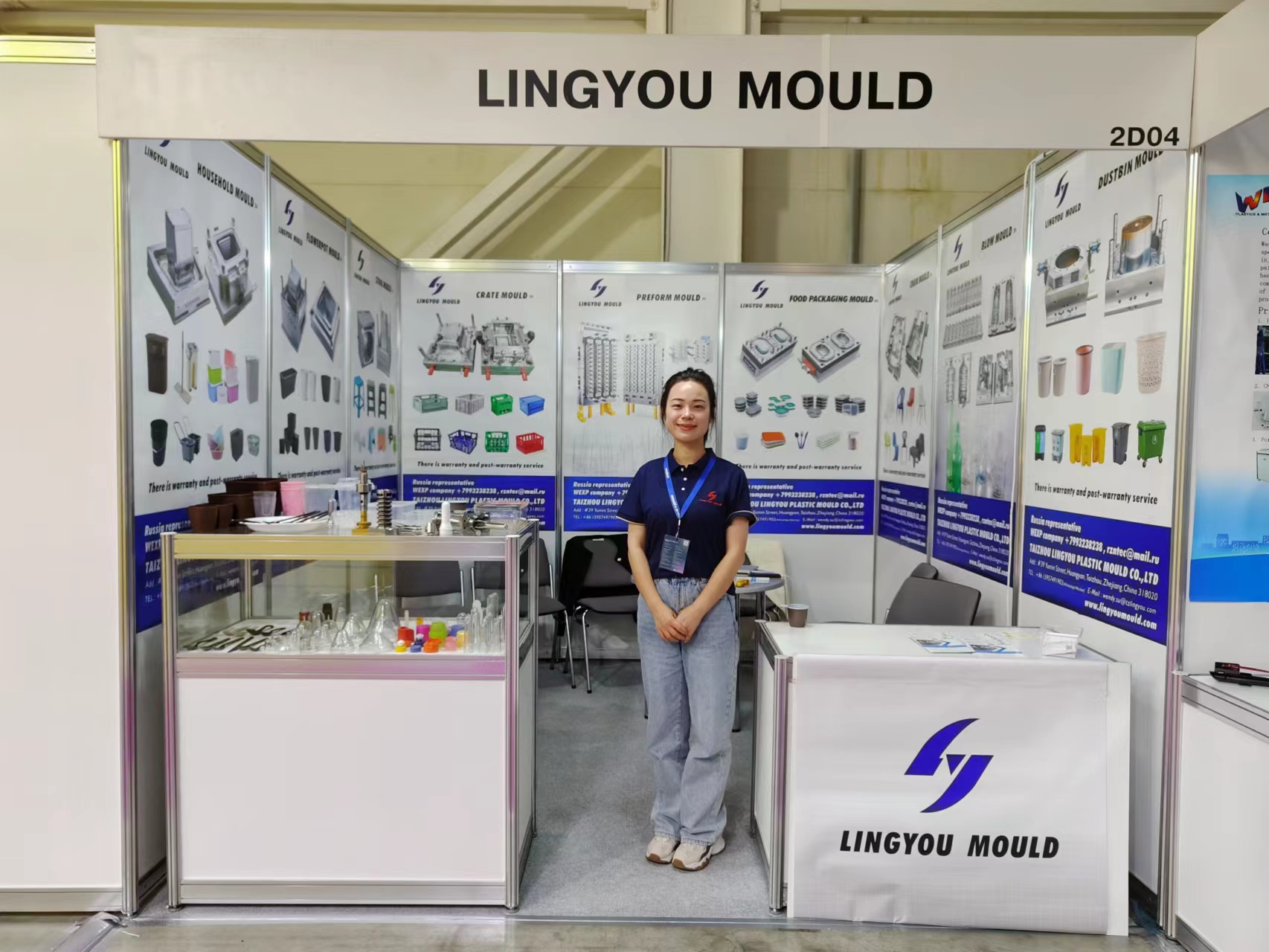We live in the world all around plastics.
Plastic products often share the characteristic of being light, waterproof, and strong. Plastic can be simply divided into two types: thermoplastic and thermosetting polymer. Plastic is soft when heating, and be molded when cooling. However, the thermoplastic can be reformed after heating again. The thermosetting polymer can no longer be reformed as the irreversible chemical occurred during the heating and cooling process. Here are some common plastic materials that often used in housewares.
Below is the most popular and commonly used plastic materials:
Polypropylene (PP)
Polyethylene (PE)
Thermoplastic elastomer (TPE)
Polystyrene (PS)
Polyethylene Terephthalate (PETE or PET)
Polyvinyl Chloride (PVC)
Acrylonitrile-Butadiene-Styrene (ABS)
Nylon6 (PA6)
1.Polypropylene (PP)
Strong, stable and transparent. It has high impact resistance, tough mechanical properties, and good resistance to acid and alkali. Polycarbonate plastic is in a wide variety of products such as : bowl, cup, basket, stool, cabinet are usually made with PP.
2. Polyethylene (PE)
The most common plastic materials on earth. Polyethylene is classified by its density and branching. Its mechanical properties depend significantly on variables such as the extent and type of branching, the crystal structure, and the molecular weight. There are several types of polyethylene:
Low-Density Polyethylene (LDPE)
LDPE is widely used for manufacturing various containers, dispensing bottles, wash bottles, tubing, plastic parts for computer components, and various molded laboratory equipment. Its most common use is in plastic bags.
Medium-Density Polyethylene (MDPE)
MDPE is typically used in gas pipes and fittings, sacks, shrink film, packaging film, carrier bags, and screw closures
High-Density Polyethylene (HDPE)
It is opaque, has higher hardness, great impact resistance, water and oil resistance, acid and alkali resistance. Therefore, we often adopt it as thin-wall bottle, plastic bag.
3. Thermoplastic elastomer (TPE):
It is a material whose characteristics are between with plastic and rubber. It has good elasticity, low deformation rate, soft texture, and can create non-slip affect. We often combine PP and TPE to make products more functional and beautiful.
4. Polystyrene (PS)
The biggest advantage of PS is high transparency, easy to dye, and low shrinkage rate. However, it has poor toughness and is brittle. Stationary, plastic knives or forks are often made by PS.
5. Polyethylene Terephthalate (PETE or PET)
It is the most common thermoplastic polymer resin of the polyester family and is used in fibers for clothing, containers for liquids and foods, thermoforming for manufacturing, and in combination with glass fibre for engineering resins.
Plastic bottles made from PET are widely used for soft drinks (see carbonation). For certain specialty bottles, such as those designated for beer containment, PET sandwiches an additional polyvinyl alcohol (PVOH) layer to further reduce its oxygen permeability.
6. Polyvinyl Chloride (PVC)
The third-most produced synthetic plastic polymer after PP and PE. The rigid form of PVC is commonly in construction materials, doors, windows, bottles, non-food packaging, and more. With the addition of plasticizers such as phthalates, the softer and more flexible form of PVC is in plumbing products, electrical cable insulation, clothing, medical tubing, and other similar products.
7. Acrylonitrile-Butadiene-Styrene (ABS)
It has high strength, strong toughness, strong corrosion resistance to acids, alkalis, salts. Besides, the products will have smooth and bright surface, which is usually used for household or toy or in the automotive and refrigeration industries, even luggage or protective headgear.
8.Nylon6 (PA6):
It has great mechanical strength, stiffness, toughness, wear resistance, good electrical insulation and chemical resistance. In order to improve the mechanical properties of PA6, we will add some additive. And glass fiber is the most common one.




